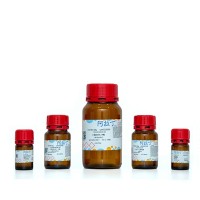Telomere length is now known to be directly responsible for limiting the capacity of cellular division in a number of human cell types (
1 ,
2 ). Comparison of telomere length in tumors and matched normal tissue from the same individual has indicated that the telomere repeat array is often shorter in tumors than in adjacent untransformed tissue (
3 –
5 ) (Fig. 1 ). Changes in telomere length during human tumorigenesis are believed to reflect loss of terminal sequences resulting from the end replication problem during the cell divisions required for tumor formation. Although telomeres are often shorter in tumors than in matched normal tissue from the same individual, these telomeres are usually stabilized at anew length setting by the activation of the telomere maintenance enzyme, telomerase (
6 ,
7 ).
Telomere length is usually determined by Southern analysis of terminal restriction fragments (TRFs). This is technically the most simple protocol for visualizing telomere arrays. However, difficulties in interpreting the telomere length data generated from this technique arise owing to the heterogeneity in the number of telomeric repeats present at individual chromosome ends. In contrast to the discrete bands usually resulting from Southern analysis, telomeric signals appear as a smear of hybridization. The intensity of the signal is biased toward the larger telomeric fragments because these fragments contain a greater number of target sequences for hybridization. In addition, the TRFs being visualized via this method represent not only the canonical TTAGGG repeats but a variable amount of subtelomeric sequences (Fig. 2 ).






